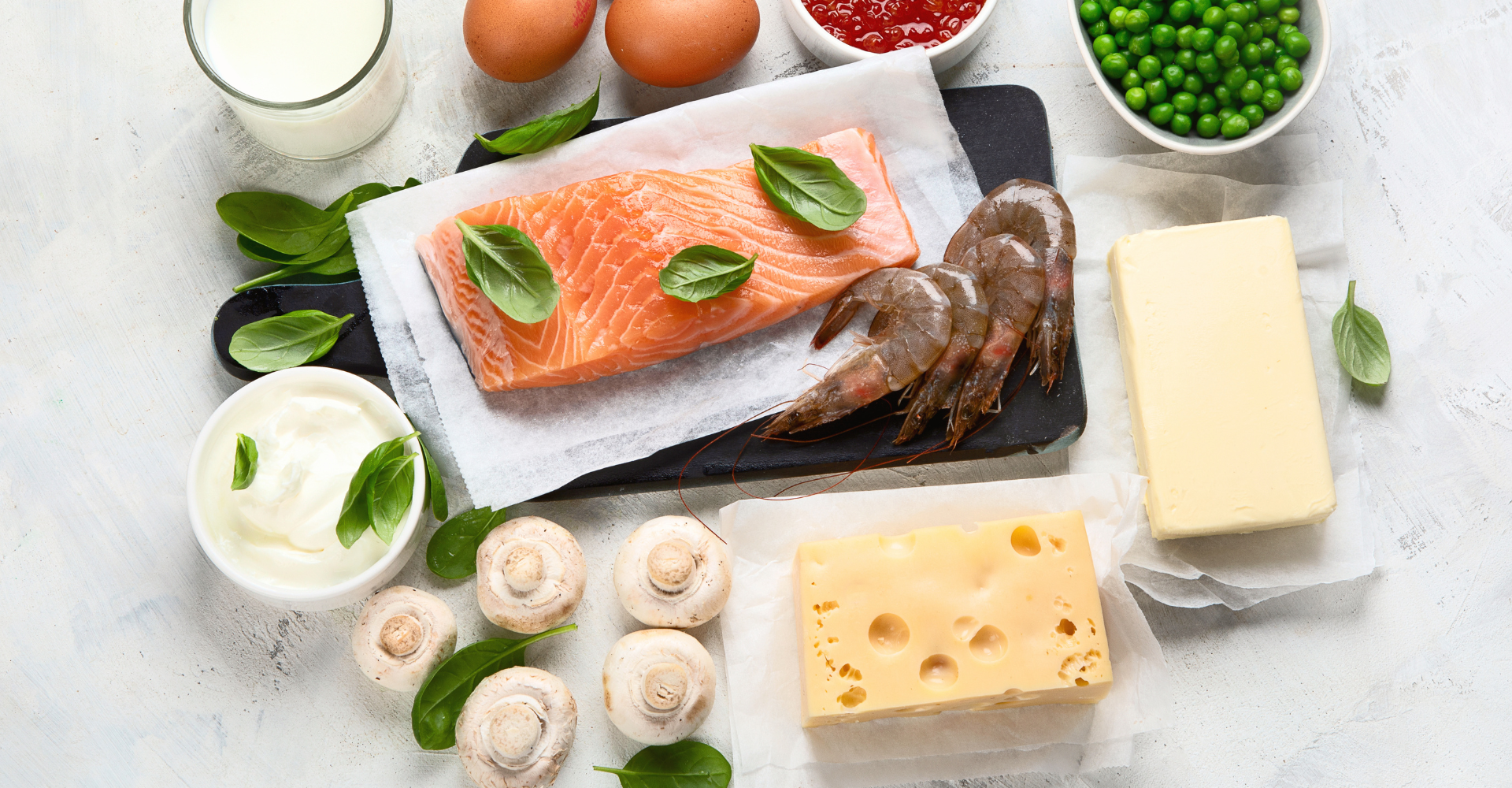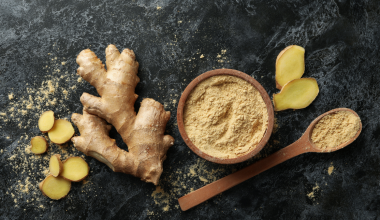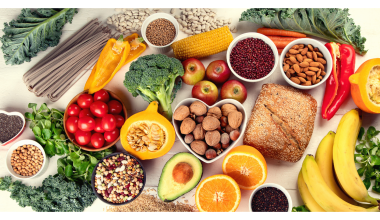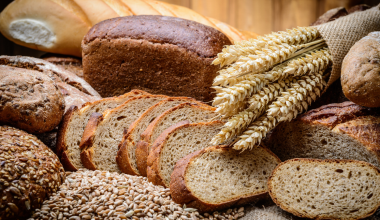As we head into the short days of the Canadian winter, getting enough vitamin D from the limited available daylight can be tricky. As a result, about 40% of Canadians have been found to have vitamin D deficiency in the winter months as compared with 25% in the summer.
Taking a vitamin D supplement is important but so is sourcing vitamin D through dietary choices. Fortunately, there are some delicious options along with fortified foods that can provide this important vitamin to both adults and children alike.

Fatty Fish
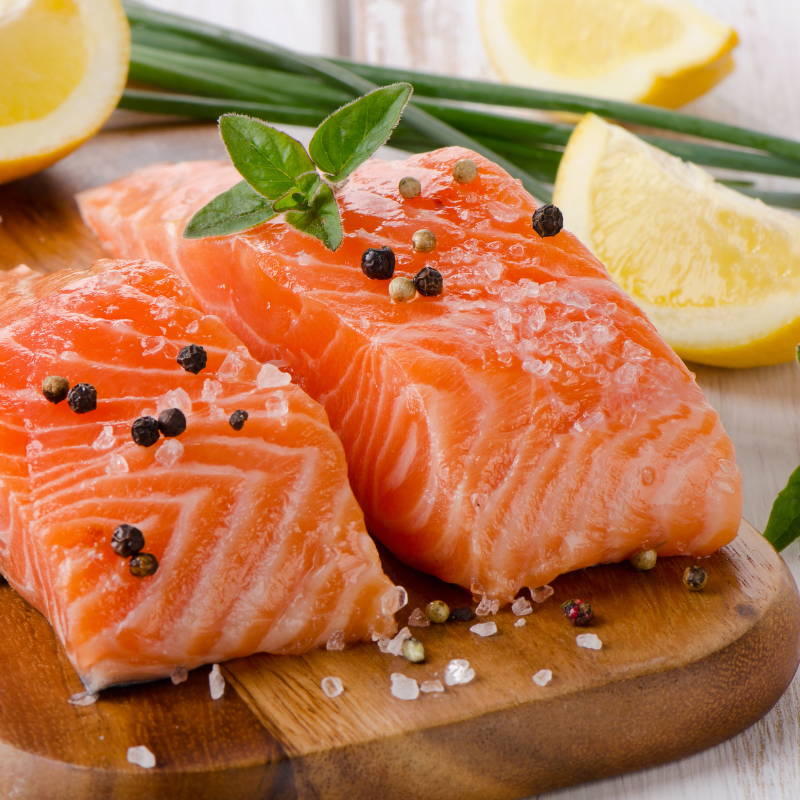
Salmon is the most popular fish eaten in Canada. We’re very fortunate to have access to this nutritious fish from both the Atlantic and Pacific coasts.
However, it’s important to be aware that the quality of salmon varies widely depending on if it’s wild caught or farmed.
Atlantic salmon from Canada tends to be farmed, leading to significantly more fat, less vitamin D, and more contaminants than wild caught salmon. Interestingly, the amount of vitamin D will vary depending on where the salmon is caught and the time of year.
According to the City of Toronto, canned sockeye and pink salmon contain excellent amounts of vitamin D. Topping the list is the freshwater fish rainbow trout, which is abundant across Canada and is a close relative to salmon.
Halibut, mackerel, herring, sardines, anchovies and arctic char are also excellent sources of vitamin D.
Cod Liver Oil
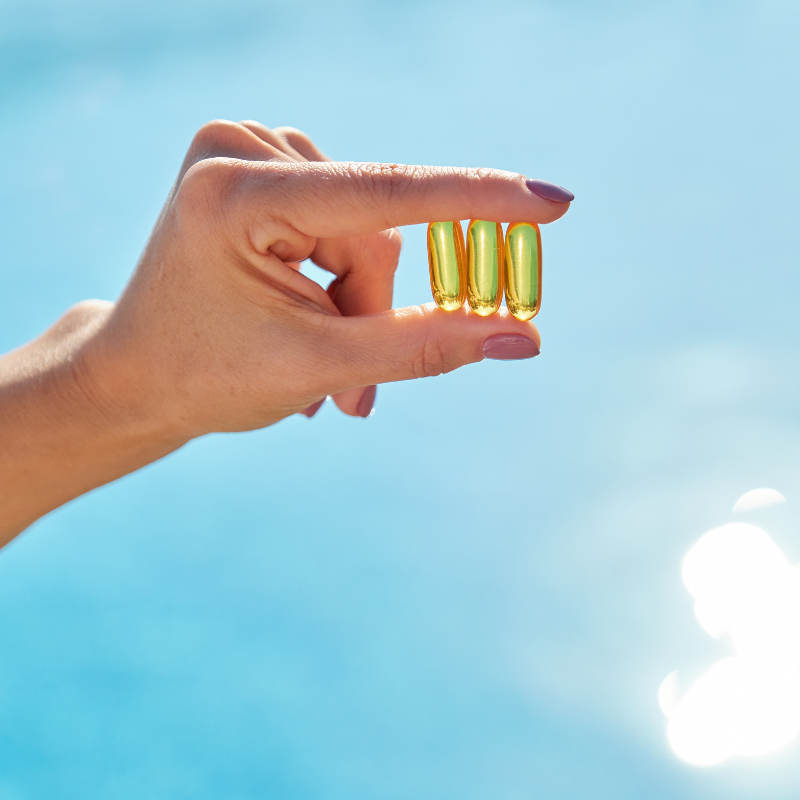
If you don’t like fish, taking cod liver oil is a good way to get nutrients that are hard to get in your diet.
Cod liver oil has been used for many years to treat vitamin D deficiency, reduce inflammation, support eye health and more.
At about 450 IU per teaspoon, it clocks in at around half the daily recommended value of vitamin D. However, the exact concentration of nutrients in cod liver oil depends on the species of cod the oil comes from.
Eggs
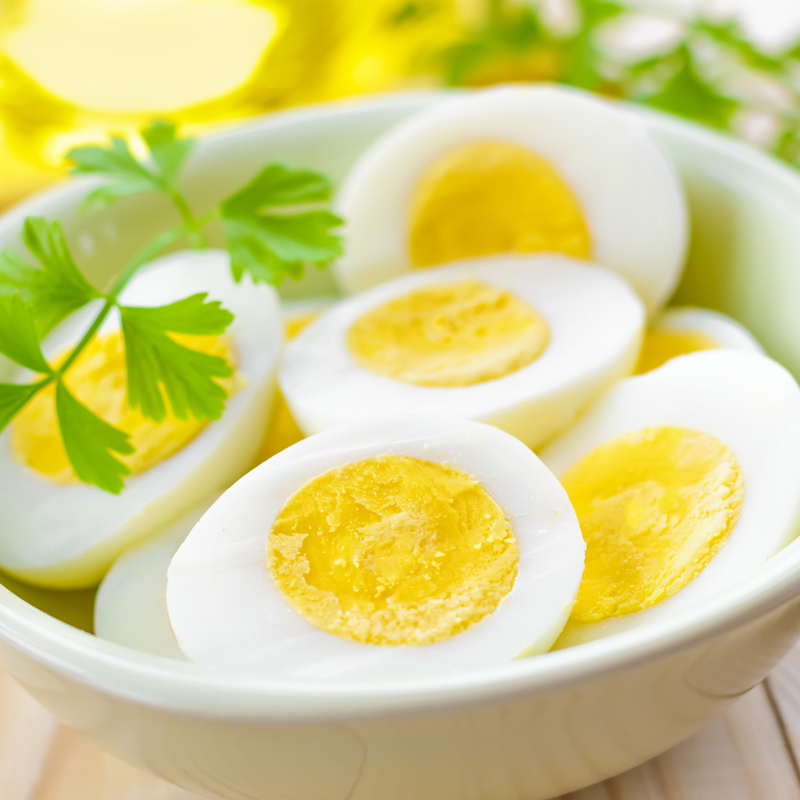
Whole eggs are another great source of Vitamin D. The white of the egg contains most of the protein while the yolk contains most of the fat, vitamins and minerals.
Several factors affect the vitamin D level of egg yolks. Free run chickens that roam outside, exposed to the sun produce eggs with vitamin D levels that are 3 to 4 times higher than those raised indoors.
Chicken feed enriched with vitamin D also increases the percentage of the vitamin in eggs.
Choosing free-run eggs or eggs marketed as high in vitamin D can be a great way to meet your daily requirements.
Mushrooms

Fascinating funghi is the only non-animal, vitamin D rich food other than yeast and foods that have been deliberately fortified.
Mushrooms are able to synthesize vitamin D2 when exposed to UV light. Vitamin D2 does help increase levels of vitamin D in the blood, however, scientists believe it may not be as effective as vitamin D3.
For mushrooms to contain vitamin D, they must be exposed to UV light. Therefore, wild mushrooms can be a great source of vitamin D. Be aware that many commercially grown mushrooms are grown in the dark and therefore contain very little vitamin D unless they are treated with UV light.
Fortified Foods
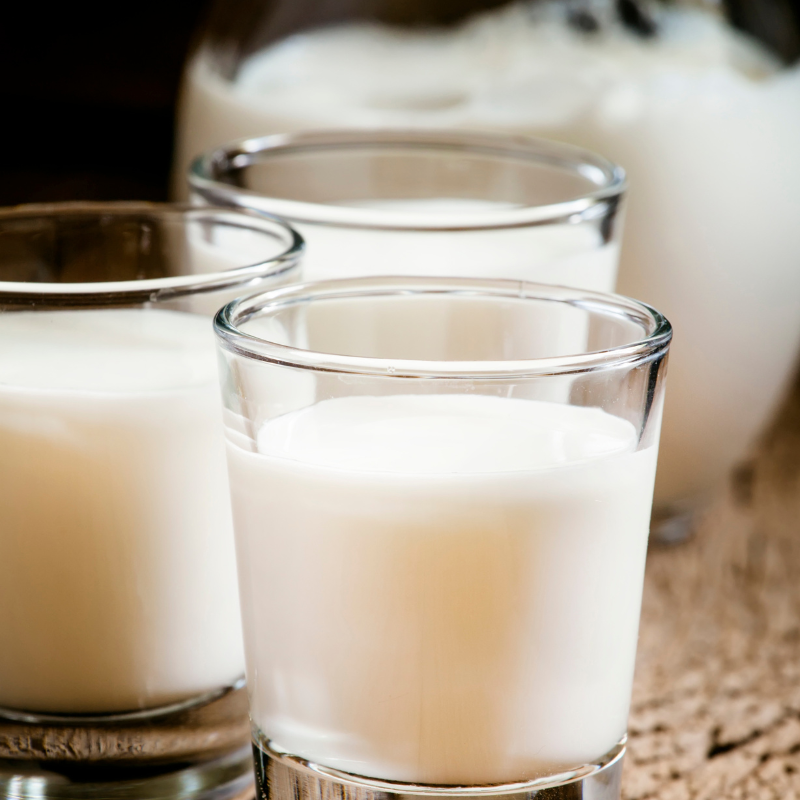
In 2022 the Canadian government implemented a vitamin D food fortification strategy designed to increase or allow vitamin D in certain foods.
The plan is to double the amount of vitamin D required in cow’s milk, margarine and goat’s milk by 2025.
Because yogourt contains calcium, and is a popular food with Canadians, the government is also planning to require it to be fortified with vitamin D as part of the strategy. Calcium-fortified orange juice can also contain vitamin D.
Additionally, the vitamin D level in fortified plant-based beverages can now match the new level required in cow’s milk, which is great news for the plant-based beverage drinkers out there.
According to the Canadian government, all people require minimum 400 IU of vitamin D daily, unless there are other concerns such as osteoporosis. This can come from a combination of food sources and sunlight. Check with your doctor to determine the optimal amount for your needs.
Getting enough vitamin D from your diet alone may be difficult, but not impossible. Eating foods rich in vitamin D is a great way to help you get enough of this vital nutrient in the winter.
The information provided on TheHealthInsider.ca is for educational purposes only and does not substitute for professional medical advice. TheHealthInsider.ca advises consulting a medical professional or healthcare provider when seeking medical advice, diagnoses, or treatment.

